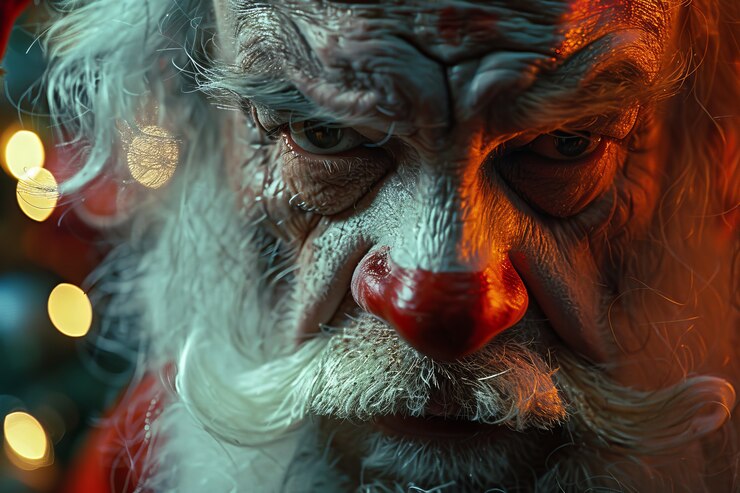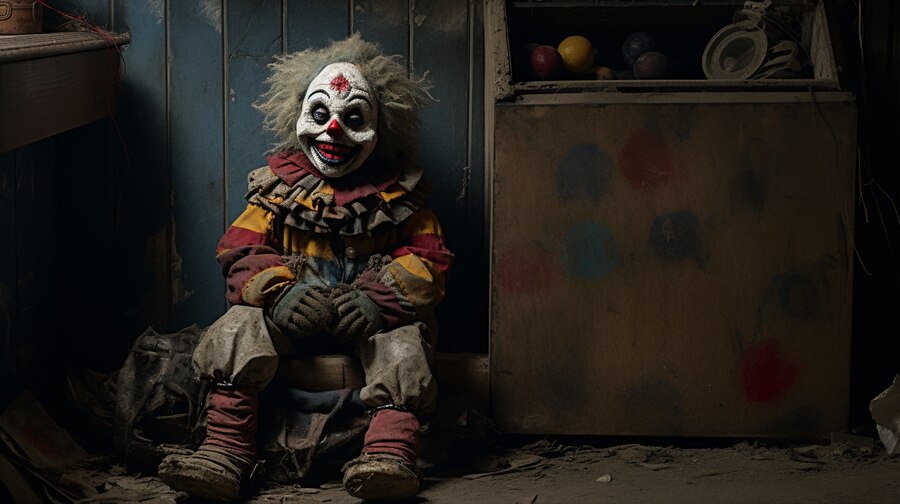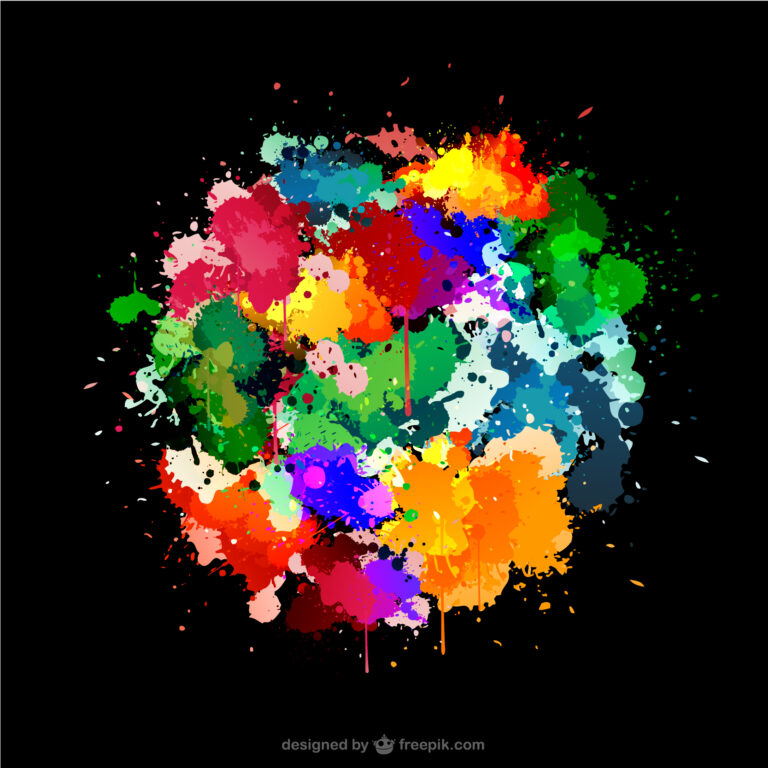Art the Clown: The Iconic Horror Villain
Art the Clown is a character that has become a prominent figure in the horror genre. First introduced in the short films by Damien Leone, Art has gained fame for his chilling antics and distinctive look. With his black-and-white clown makeup and menacing smile, he embodies the fears many people have of clowns. This article will explore the origins of Art the Clown, his appearances in films, his impact on pop culture, and why he has resonated with audiences around the world.
The Origins of Art the Clown
Art the Clown was created by filmmaker Damien Leone. The character first appeared in the short film *The 9th Circle* in 2008. Initially, Art was a minor character, but he quickly captured the audience’s attention. Leone wanted to create a clown that was both funny and terrifying. This combination allowed Art to stand out among other horror villains.
In 2011, Art returned in the short film *Terrifier*, where his character developed further. Viewers found his silent but sadistic nature to be both engaging and horrifying. This response encouraged Leone to make Art the central character in a feature film. In 2013, Art made his first big-screen appearance in *All Hallows’ Eve*, an anthology film that showcased his chilling exploits.
The Terrifier Franchise
The Terrifier series brought Art the Clown to a larger audience. In the 2016 film *Terrifier*, Art stalks two sisters, Tara and Victoria, on Halloween night. The film is filled with gruesome scenes and showcases Art’s brutal methods of murder. His lack of dialogue adds to his eerie presence, making him all the more unsettling.
In Terrifier 2, released in 2022, Art is resurrected by a supernatural entity known as the Little Pale Girl. This film expands on his character and introduces a new protagonist, Sienna Shaw, who is designed to combat him. Their conflict delves into themes of good versus evil, adding depth to the story.
A third installment, *Terrifier 3*, is set to continue Art’s reign of terror, further establishing him as a modern horror icon. The series has gained a loyal fanbase, partly due to its commitment to practical effects and intense storytelling.
Art’s Appearance and Characteristics

Art the Clown is easily recognizable due to his unique appearance. He wears black-and-white clown makeup that highlights his exaggerated facial features. His costume is a mix of classic clown attire and horror elements, which makes him look both comical and threatening.
Art’s silence is one of his most distinctive traits. Unlike many horror villains, he does not speak but communicates through exaggerated body language and facial expressions. This adds to his creepiness, as audiences must rely on visual cues to understand his intentions.
In addition to his appearance, Art wields a variety of weapons, including a scalpel, chainsaw, and cleaver. His choice of tools enhances his image as a ruthless killer and adds to the gruesome nature of his actions.
Impact on Pop Culture
Art the Clown has made significant inroads into popular culture. His popularity has led to merchandise, including clothing and collectibles, allowing fans to show their appreciation for this horror villain. He has inspired Halloween costumes and is frequently referenced in discussions about contemporary horror.
Many viewers find Art’s character fascinating, drawing parallels between him and other iconic villains like Pennywise from *It*. While Pennywise has a more complex backstory, Art’s simplicity as a pure force of evil resonates with those looking for a straightforward horror experience.
Art’s influence is evident in various forms of media. He has appeared in comic book adaptations and has been featured in video games, further solidifying his status as a horror icon. Fans eagerly anticipate each new project related to Art, contributing to the character’s lasting legacy.
The Fear Factor
What makes Art the Clown particularly frightening is his ability to tap into common fears. Clowns are often seen as friendly figures, but Art flips this stereotype on its head. His gruesome acts and sinister demeanor play on the fear many people have of clowns and the unknown.
Art embodies the unpredictability of a true horror villain. His actions are erratic, and he takes pleasure in tormenting his victims. This sadistic nature makes him a compelling character, as viewers are drawn to his unpredictability while simultaneously repulsed by his actions.

Conclusion
Art the Clown has emerged as a powerful figure in modern horror. His unique design, chilling presence, and the thrilling stories surrounding him have captivated audiences. As the *Terrifier* series continues to evolve, Art’s legacy in the horror genre is sure to grow. Through his terrifying antics, Art challenges our perceptions of fear, leaving a lasting impact on fans and the horror landscape. As we look ahead, it will be exciting to see how this iconic character continues to shape the world of horror.
FAQs
- Who created Art the Clown?
Art the Clown was created by filmmaker Damien Leone, who first introduced the character in the short film The 9th Circle in 2008.
- What films feature Art the Clown?
Art has appeared in several films, including All Hallows’ Eve (2013), Terrifier (2016), Terrifier 2 (2022), and the upcoming Terrifier 3 (2024).
- What makes Art the Clown unique compared to other horror villains?
Art is unique because he is a silent killer, communicating through body language and expressions rather than dialogue. His black-and-white clown makeup and erratic behavior add to his menacing presence.
- Is Art the Clown supernatural?
Yes, Art is portrayed as a supernatural entity, as suggested by his ability to survive fatal injuries and his resurrection in Terrifier 2.
- Why has Art the Clown become a popular figure in horror culture?
Art’s popularity stems from his distinctive appearance, chilling antics, and the intense storytelling of the Terrifier series, making him resonate with fans of the horror genre.







